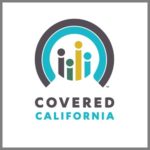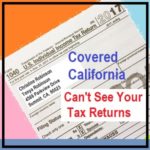Today, the Centers for Medicare & Medicaid Services (CMS) issued the HHS Notice of Benefit and Payment Parameters for 2019. The final rule will mitigate the harmful impacts of Obamacare and empower states to regulate their insurance market. The rule will do this by advancing the Administration’s goals to increase state flexibility, improve affordability, strengthen program integrity, empower consumers, promote stability, and reduce unnecessary regulatory burdens imposed by the Patient Protection and Affordable Care Act.











